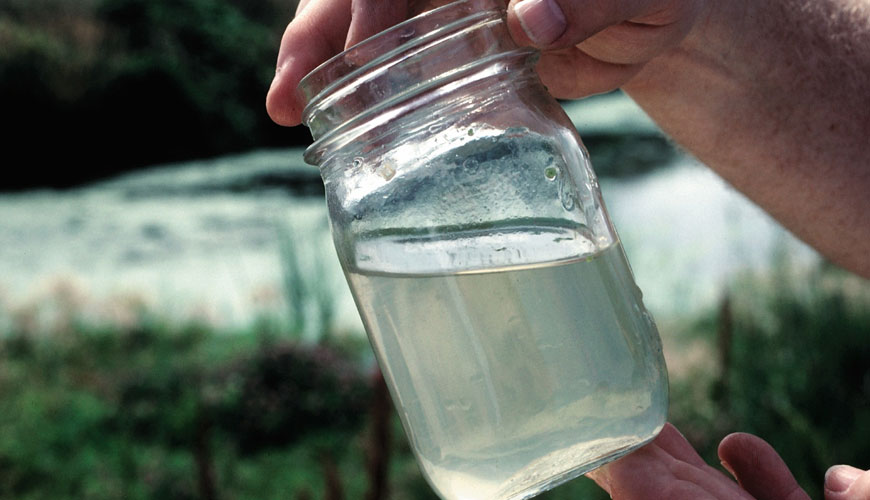

EUROLAB, with its state-of-the-art accredited laboratories and expert team, provides precise and fast testing services within the scope of EN ISO 10304-4 testing. This standard specifies a method for the determination of dissolved chlorate, chloride and chlorite anions in low-contaminated water (for example, drinking water, raw water or swimming pool water).

The variety of suitable and suitable embodiments and associated procedural steps allow only a general description.
Organic acids such as mono- and dicarboxylic acids or disinfection by-products (eg chloroacetic acid) may interfere. Dissolved organic substances may react with the working electrode of the amperometric detector, causing a decrease in sensitivity.
Liquid chromatographic separation of chlorate, chloride and chlorite is carried out by means of a separation column. A low-capacity anion exchanger is used as the stationary phase, and aqueous solutions of weak mono and dibasic acids are generally used as mobile phases.
When using conductivity detectors it is important that the eluents have a sufficiently low conductivity. For this reason, conductivity detectors are often combined with a suppressor device (cation exchangers) that will reduce the conductivity of the eluent and convert the sample types to their respective acids.
The amperometric determination of chlorite is accomplished by measuring the current produced by the oxidation of chlorite. The oxidation voltage for chloride depends on the pH of the eluent. The use of carbon electrodes has proven successful.
The concentration of the relevant anions is determined by a calibration of the general procedure. Exceptions may require calibration via standard spiking. Control experiments are required to check the validity of the calibration function. Duplicate detections may be necessary.
EUROLAB assists manufacturers with EN ISO 10304-4 test compliance. Our test experts, with their professional working mission and principles, provide you, our manufacturers and suppliers, the best service and controlled testing process in our laboratories. Thanks to these services, businesses receive more effective, high-performance and quality testing services and provide safe, fast and uninterrupted service to their customers.
To get an appointment, to get more detailed information or to request an evaluation, you can ask us to fill in our form and reach you.